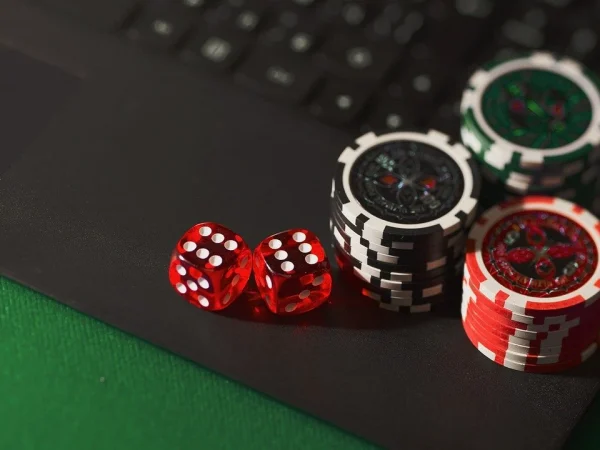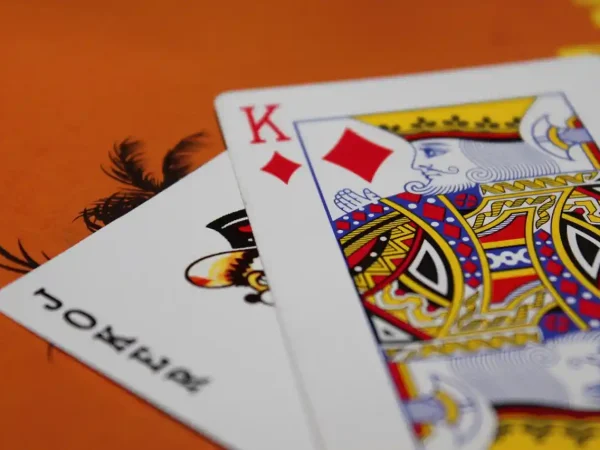You sit at the green felt table, your cards a secret. The chips are stacked. It feels like a game of chance, a pure test of luck. But any seasoned player will tell you—the real game isn’t played with the deck. It’s played in the minds of the people holding the cards. This, right here, is where poker stops being just a card game and becomes a live-action laboratory for behavioral economics.
Behavioral economics, if you’re not familiar, is basically the science of why we make irrational financial decisions. It challenges the old-school idea that humans are always logical, self-interested calculators. We’re not. We’re messy, emotional, and predictably biased. And there’s no better place to see these biases in action—and profit from understanding them—than a poker table.
The Bluff: A Masterclass in Irrationality
Let’s start with the most famous poker move: the bluff. On the surface, it’s a lie. But in behavioral economics terms, it’s a strategic exploitation of cognitive biases. You’re not just betting on your weak hand; you’re betting on your opponent’s tendency to believe a story, even a flimsy one.
This taps directly into the Recency Bias. If you’ve been playing tight and conservative for the last hour, that’s the mental image your opponents have. Your sudden, massive bet tells a story of strength that their brain is primed to believe. They overweight the recent narrative (you’re a rock) and underweight the current evidence (you’re probably bluffing). Their mind, seeking a coherent pattern, fills in the gaps with a monster hand for you.
Key Biases at the Poker Table
| Behavioral Bias | What It Means | Poker Manifestation |
| Loss Aversion | The pain of losing is psychologically twice as powerful as the pleasure of winning. | Folding a decent hand because you’re scared to lose more chips, even when the pot odds say you should call. |
| Sunk Cost Fallacy | Throwing good money after bad because you’re already invested. | “I’ve put so many chips in this pot already, I have to call.” This is a surefire way to go broke. |
| Confirmation Bias | Seeking out information that confirms what you already believe. | You decide an opponent is bluffing, so you interpret all their actions (even the nervous ones) as signs of weakness, ignoring signs of strength. |
| Overconfidence Effect | Overestimating your own skill or the quality of your hand. | Going “on tilt” after a bad beat and playing too many hands, convinced your skill will overcome variance. |
Beyond the Bluff: Tilt, Tells, and Terrible Decisions
Honestly, the most expensive state of mind in poker is “tilt.” It’s that emotional tailspin after a bad beat or a stupid mistake. You know you should walk away, but you don’t. You’re playing with emotion, not logic. This is a cocktail of behavioral failures.
First, there’s the sunk cost fallacy in full effect. You feel you need to win back what you lost—you’re emotionally invested in that previous pot. And then there’s loss aversion. The sting of that last loss makes you hyper-sensitive, causing you to play scared or, conversely, overly aggressive to “make the pain stop.” It’s a perfect storm of irrationality.
And what about “tells”? Those little physical giveaways? They’re the physical embodiment of internal cognitive conflict. A player’s theory of mind—their ability to understand that others have different knowledge and intentions—is breaking down. Their body language leaks the tension between the story they’re trying to sell and the reality they’re hiding.
How the Pros Think Differently
So, how do elite players overcome this minefield of mental errors? They don’t just learn the odds; they learn their own minds.
- They Embrace “Resulting”: This is a poker term for judging a decision based on its outcome. Pros know this is a trap. A good bluff that gets called is still a good decision. A terrible call that miraculously wins is still a terrible decision. They separate the process from the result, which is the absolute core of rational thinking.
- They Use Probabilistic Thinking: They don’t deal in certainties. They deal in likelihoods. Instead of “Does he have a better hand?”, they ask, “What is the range of hands he could have, and what percentage of that range do I beat?” This is a direct counter to our brain’s desire for black-and-white answers.
- They Act as Their Own Nudge: Top players create systems to combat their biases. They might set strict stop-loss limits to prevent tilt. They take breaks to reset their emotional state. They are, in essence, designing their own choice architecture to guide their future, more impulsive selves toward better decisions.
The Real-World Ante: Why This Matters Off the Table
Here’s the deal: the poker table is a microcosm. The same forces that dictate your decisions there are at play when you’re investing in the stock market, negotiating a salary, or even just scrolling through social media.
Think about it. Loss aversion makes us hold onto losing stocks for too long, hoping they’ll bounce back—just like staying in a bad poker hand. Confirmation bias has us only following news sources that confirm our pre-existing beliefs. And overconfidence… well, that’s probably what makes us think we can assemble that complicated piece of furniture without reading the instructions.
By understanding the psychology of poker, you’re not just learning to play a game better. You’re getting a crash course in the hidden forces that shape every choice you make. You start to see the “bets” you’re making in everyday life, often with poor odds and without even realizing it.
Playing a Better Game
In the end, poker and behavioral economics are both about one thing: making better decisions under uncertainty. They teach us that the opponent isn’t always the person across the table. Often, the most formidable opponent is the one inside our own head—the one governed by ancient heuristics and buggy software.
The next time you face a tough choice, in cards or in life, take a breath. Ask yourself: Am I acting on logic, or am I on tilt? Am I falling for a story because of recency bias? Am I throwing good money after bad because of sunk costs? The goal isn’t to become a perfectly rational robot. That’s impossible. The goal is to recognize the tilt, acknowledge the bias, and maybe, just maybe, fold when you know you’re beat.
After all, the most profitable skill you can ever learn is knowing when you’re in a game you can’t win.





